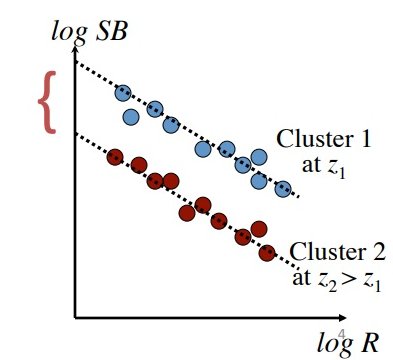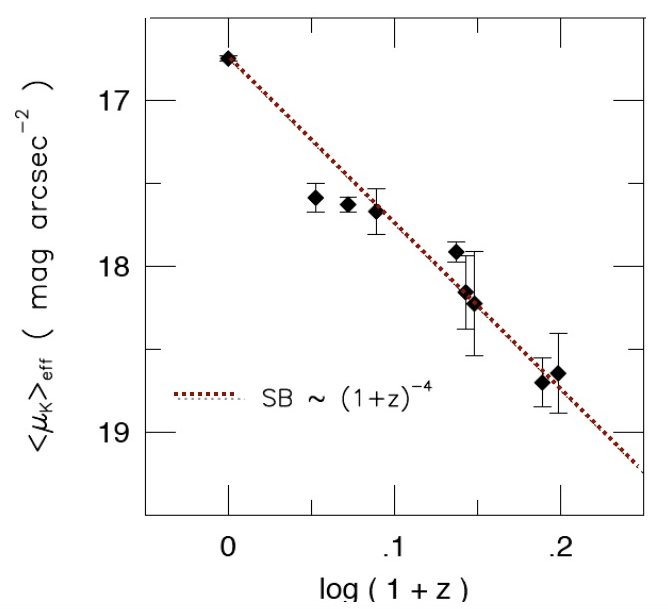Hans Blaster
I march with Sherman
- Mar 11, 2017
- 22,781
- 17,026
- 55
- Country
- United States
- Gender
- Male
- Faith
- Atheist
- Marital Status
- Private
- Politics
- US-Democrat
Olbers’ paradox was based on astronomy of the early 19th century and didn’t take into account stars having a finite age and the Milky Way was not the universe.
Ironically the infinite age of a static universe takes care of Olbers’ paradox but by substituting one problem for another; instead of the sky being bright at night, the universe is in a cold dark state devoid of stars.
If PC was to explain how stars are recycled over an infinite time span despite the increase in entropy then Olbers’ paradox does becomes relevant with the night sky being bright due to the light of galaxies and not individual stars.
Peratt’s comments about the stars (=galaxies) not being uniformly distributed is contradicted by galaxy surveys which show at scales beyond 100 Mpc the universe does become homogeneous and isotropic.
In an expanding cosmology Olbers' paradox is not relevant due to an event horizon.
Galaxies on the Hubble sphere Dₕ have recessional velocities dDₕ/dt = c and any galaxy within the Hubble radius is observable.
A galaxy with a recession velocity v > c emitting photons back towards the observer, has a relative recession velocity of v – c in the observer’s frame.
(Note the SR Lorentz transformations don’t apply since v is not in the interval 0 ≤ v < c).
The surface of Dₕ becomes an event horizon with a radius where dDₕ/dt = c.
The Hubble sphere is receding (since expansion is accelerating) and photons will not reach the observer if dDₕ/dt = c < v - c, or in other words the galaxy is outside the Hubble sphere.
So...
I was checking the latest activity over on the EU minions board and found an active thread about Olber's paradox. The most shocking thing was a reference to a "paper" (just a document, not published anywhere) by one of the newer "scientists" at EU central, electrical engineer Don Scott:
https://www.electric-cosmos.org/Olber.pdf
After getting the basic scenario and math of the classical Olber's paradox correct on the first page, Scott then proceeds to argue that the sum (in an infinite Universe, no less) should be terminated at a few hundred light years because (get this) *the eye can't see individual stars*. (Oh boy, this is bad!) As if we needed to see every individual star for it to light up the retina or a CCD. (He also makes some sort of argument about photographic plates or CCDs being able to see fainter because the exposure time can be extended in ways the eye cannot. I'm not sure what his point is here.) Perhaps the dumbest part of this "can't be seen by the eye" argument is that he actually mentions far more distant object visible to the naked eye like M31 (Andromeda galaxy) noting that is made of many stars. THAT'S THE POINT DON! Many stars can add up to make a discernible signal in the eye, or a CCD, and there is no "cut-off" to the integration in Olber's paradox so long as the horizon is infinitely far away and there is no "edge" to the distribution of stars/galaxies. Oy vey!
Upvote
0






